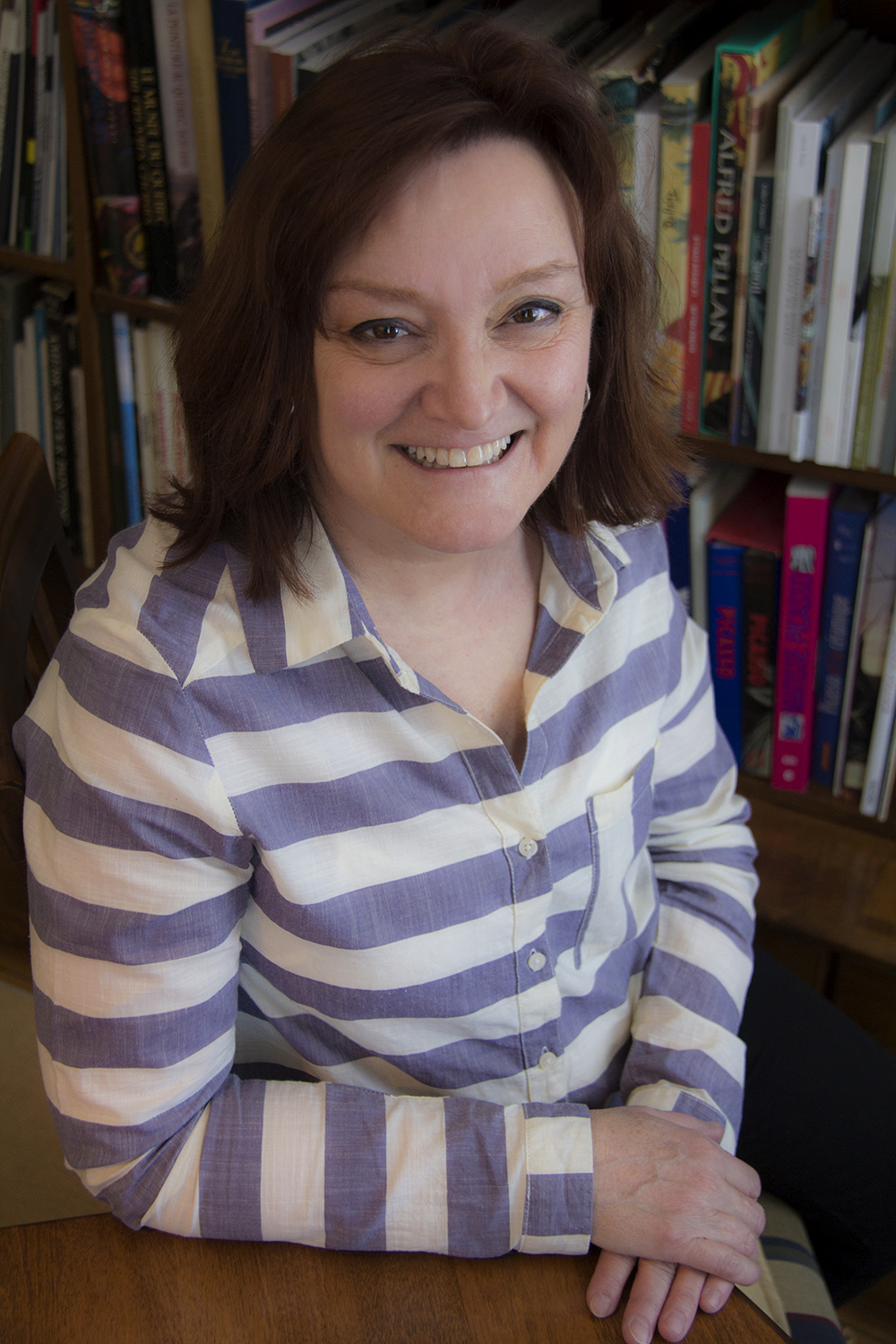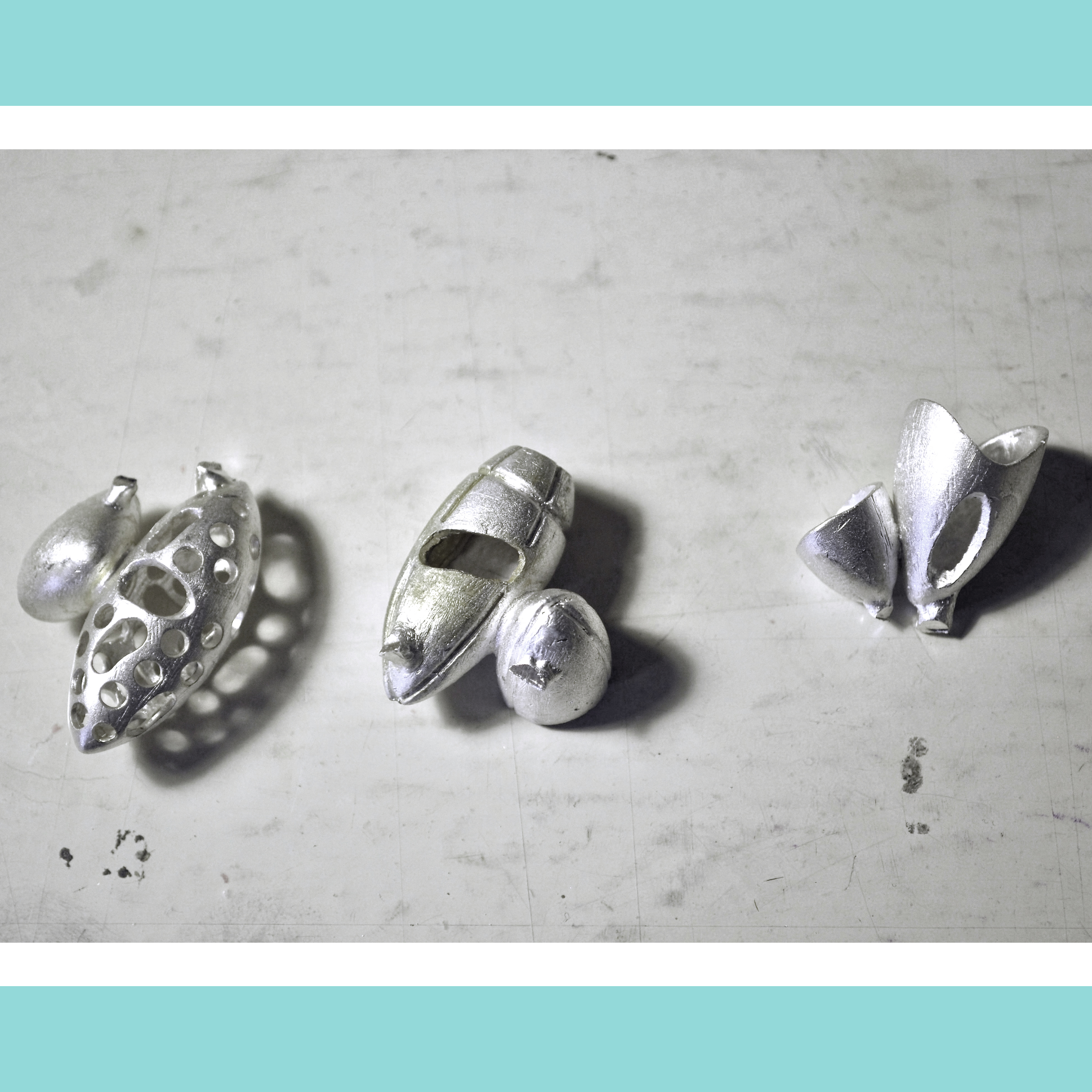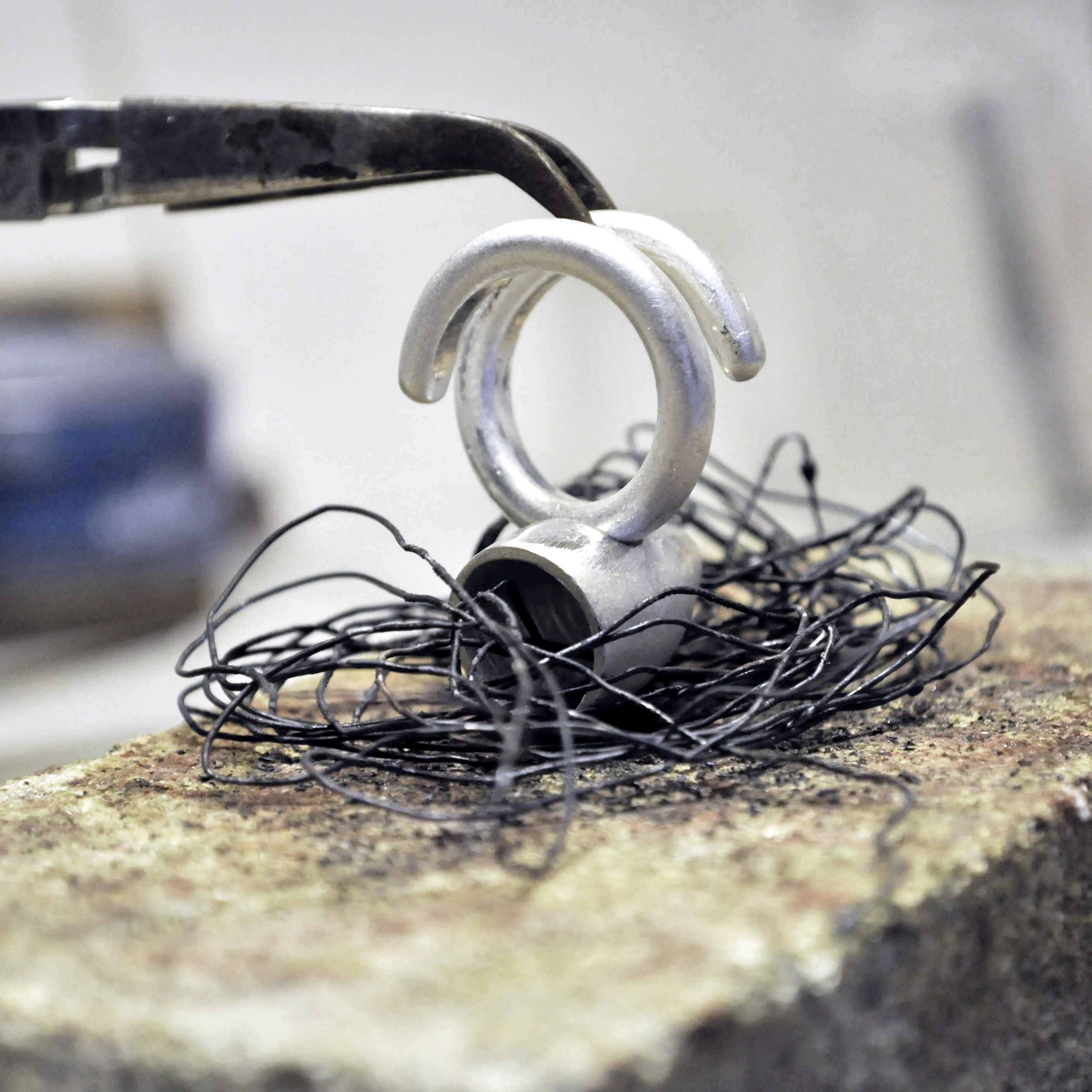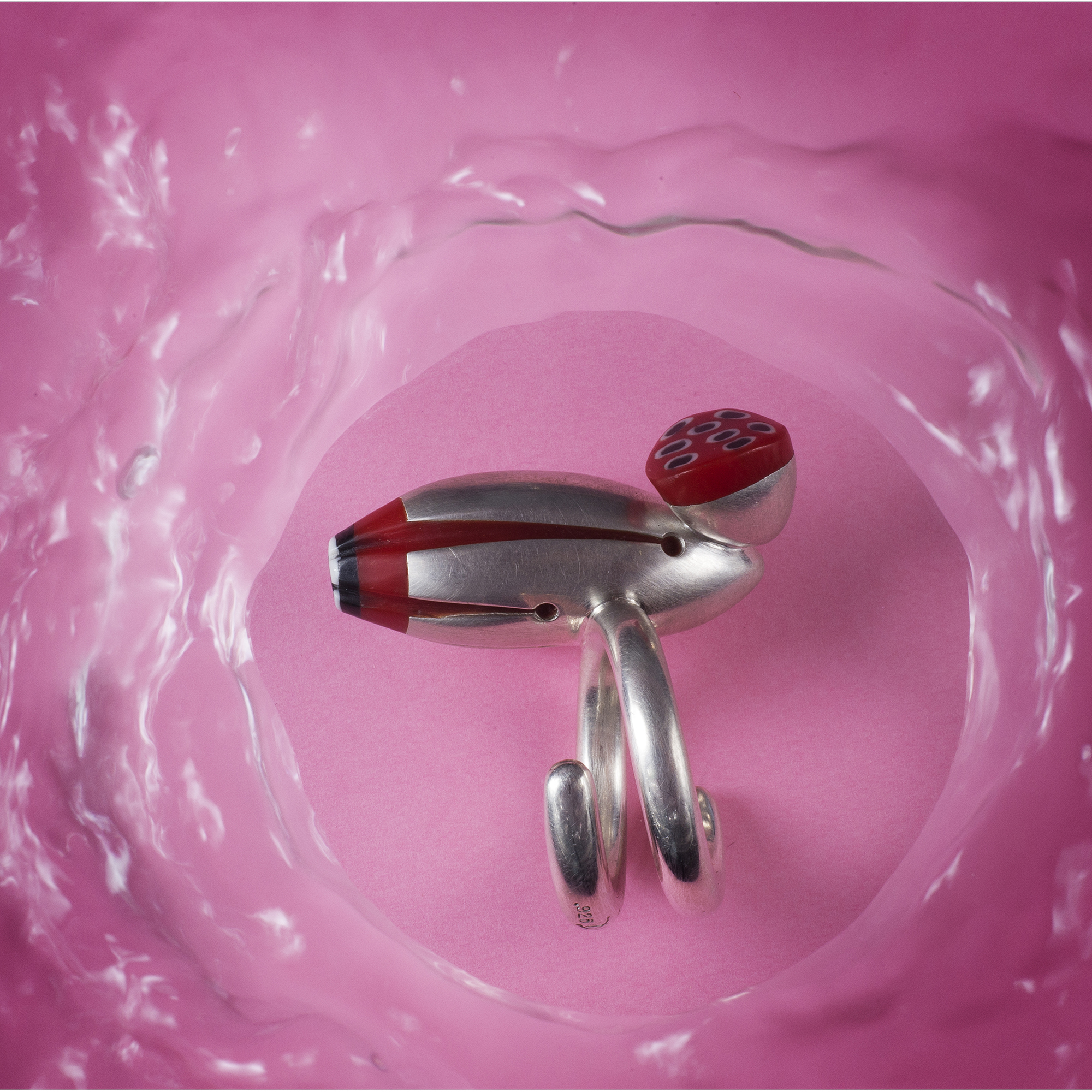ARTIST OF THE MONTH-AUDETTE(2)
ARTIST OF THE MONTH
Every month we introduce you to one of the Canadian artists we represent. There is no salt and pepper, we reveal the rawest story on our artists' creative journey. How they met and fell in love with jewellery? What inspired them and how? What was the making process like? What are the tips on being a successfully established jewellery artist? Visit our Facebook and Instagram pages to stay up to date on our latest collections. Go to INTERVIEW ARCHIVE to read more stories.
BIOPHILIA - Featured Artist : Dominique AudetteSeptember 4th, 2018 Dominique Audette is a Québec-based jewellery artist whose work is inspired by the artistic movements of the 20th century, especially Fauvism and Expressionism. Each jewellery piece begins as a detailed deconstruction of an original work, rebuilding each new piece with inspired details - using sterling silver and colourful resins for their contrasting opacity and vibrant colours.
Q: What is your origin story? From the age of 16, in the early 1970s, I started working part-time in a small boutique selling jewellery from Quebec jewellers and artisans. This concept was really unusual at the time. I was confronted with jewellery as a means of creative expression and not as jewellery of a classical style, as we used to see in commercial jewellery stores. It was a revelation for me. I immediately began to draw jewels, and a few years later, I was engaged in a workshop where I trained. After three years, I returned to university and completed a bachelor's degree in art history. I then went back to design and manufacturing, joining another jeweller already in place in Quebec City. It was in the early 80's and we were very active, shops (wholesalers and retailers), and shows. It was during this period that I gradually began to teach - first teaching drawing, then art history and finally manufacturing techniques. After a few years of practice, we had to close the workshop. We were more keen on creation than on management. So I went to work in different workshops in Quebec City, until, little by little, the teaching took up all of my time. I also had my small workshop at home and I worked on jewellery design for special orders and as a subcontractor. When I started preparing a drawing class, I realized that there were no reference books. So, I had created the course from general drawing concepts that I had adapted to jewellery. The students asked for course notes, but I only had my own notes to submit. So I began to write a book on the subject. In 2006, I published 'Dessin de bijoux' - a book that was then translated and Jewelry Illustration was published by Brynmorgen Press in 2010. Three years later, at the request of my editor, I wrote another book - 'Draw Better', a book about drawing in general, that present the drawings step by step. I have subsequently completed a bachelor's degree in teaching and I now share my time between teaching and creating.
Q: Tell us about your work process - what materials and processes do you favour? My jewellery work techniques do not differ from the traditional methods of working on the bench, tracing, sawing, filing assembling by welding, casting, etc... My creations are distinguished rather by the insertion of resin which allows me to incorporate large masses or colored surfaces, without weighing down the workpiece too much. However, this requires a lot of preparation in the chronological order of the manufacturing steps because each jewel requires a different preparation according to the model and the number of colors. The challenge, therefore, is for small-scale parts to successfully integrate several colors by limiting interventions.
Q: What do you think makes your work unique? Volume and consistent color. Q: Where do you gather inspiration? I feed my creativity by looking at lot of images and photos of all kinds and by visiting museums and galleries. I consider color schemes, volume or textures. Then I take the pencil, let it slide on the page, until an interesting assemblage arises that I rework until a piece of jewellery emerges. I then look at what would be required to technically manufacture it, the steps and feasibility. This method of research results in jewellery with an important graphic aspect, always present. For a few years now, I have been attracted by the aesthetics of the 20th century, especially Cubism and the 1950s. But I have also been fascinated by the aestheticism of the antiquity and the Middle Ages and in the past my creations were visibly different. Moreover, certain elements of these periods influence today. Who knows what will inspire me in the near future or far away. I let myself be carried. I do not want to be confined to a style. My influences are diverse and very different from one another. Travel also inspires me a lot. I like to see how the architects appropriate the space and how they mix historical and modern buildings. I love the abundant activity of big cities and the creative audacity that is found there. I love visiting museums to take lessons from the great masters. I always come back from traveling with a crazy desire to draw and create.
Q: What artists have inspired you the most - who do you look up to? First, Picasso. He is my guru. I do not have to explain why; The sculptor Wendell Castle for his imposing volumes with black and satin finishes; The architect Roberto Burle-Marx, for his graphic design; The ceramist Chun-Bok Lee and for the architectural and organic aspect of his works; The multi artist Yayoi Kusama for her colorful madness; The sculptor and architect Isamu Noguchi for his imprint in the 20th century; Flemish painting for the color and purity of the northern light.
Q: What are the most valuable lessons you’ve learned from working in the industry? Believe in what you do. Trust yourself. Defend your point of view. Q: What tips do you have for aspiring designers? Try hard and persevere. Accept criticism, because it is very constructive. Nevertheless, do not be influenced by what customers ask. It is up to the jeweller to influence his client and impose his style. More prosaic knowledge of administration and taxation. Otherwise, partner with someone reliable for this less sexy aspect of the craft. A big thank you to Dominique for inspiring us with their design journey! For more examples of Dominiques's work click here. Dominique is part of the exhibition "BIOPHILIA: Expressions in Metal", click here to find out more. |





